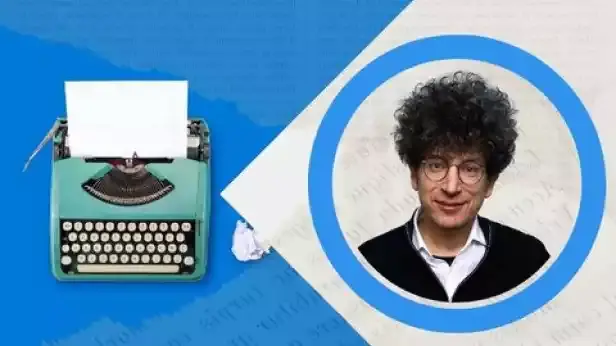10 Things I Learned Today from my Beginner's Course on Blockchain
I love online courses, especially when they're free (my personal motto is: if it's free, it's for me). For instance, today I started a course on blockchain. I've been trying to wrap my head around blockchain for a while, since it's popular and is the foundation of bitcoin and some other crypto currencies. However, it's been a challenge becuase many sources begin with the applications of blockchain and don't even attempt to define it. As a semanticist at heart, this doesn't work for me.
In my first day of this course, I've already learned a lot. Here are some of my more fundamental takeaways, as a true novice.
1. Blockchain arose to address the fundamental problem of trust in market transactions.
Even money, our current step up from the barter economy, has its drawbacks. Blockchain is one attempt at making de-centralized currencies possible and thus eliminating some of those drawbacks.
2. Blockchain can be defined as "a peer-to-peer distributed ledger that is cryptographically secure, append-only, and updated by consensus."
This definition comes from the book "Mastering Blockchain" by Imran Bashir (p.17).
3. The basic unit of a blockchain is a node.
And a "node" is one or more computers that verify, store, and broadcast transactions to make sure they're synchronized across the network.
4. There's not just one "blockchain."
Rather, blockchains exist, in the same way ledgers exist.
I think I got confused about this because there's only one Bitcoin, which is a proper noun. One blockchain underpins Bitcoin, and all Bitcoin transactions must take place on that one blockchain, but there exist multiple blockchains in the world (and the rest are unrelated to Bitcoin).
5. Since blockchains are "peer-to-peer," they're not controlled by a centralized power.
This is essential to keeping them almost uncorruptible.
6. A blockchain isn't just a ledger, but a distributed ledger.
This means that each node in the network contains a complete copy of the entire ledger (a full record of all the transactions that have taken place so far).
7. A "block" on a blockchain is a bundle of transactions that are added to the ledger all at once.
And a "chain" of "blocks" = a "blockchain".
8. By design, blockchains can only have information added to them.
Hence the "append-only" section of the definition above. Blockchains can only grow. They can never be shortened. They're like that fun snake game that used to be available on dumb phones and graphic calculators.
9. The nature of blockchains makes them *extremely* difficult to be hacked.
Any attempt to change one individual block will necessarily result in all subsequent blocks changing. It is *very* hard to hack an entire chain.
10. It's not possible to correct for mistakes on a blockchain.
Since blockchains are immutable, it's not possible to erase transactions once they've been validated (so if you add an extra '0' on that money transfer to your pal, you'd better hope they're ready to send you the money back!).

